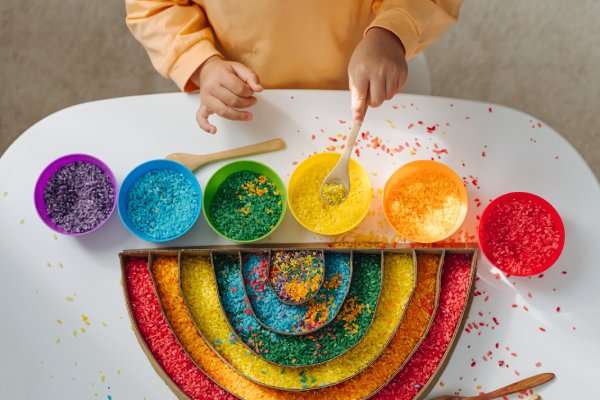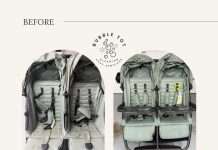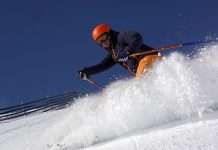
Raising curious, adaptable kids starts with giving them the right tools—and what better tools are there than sensory exploration and physical activity? When kids engage their senses while moving their bodies, it unlocks incredible developmental benefits such as stronger motor skills, improved focus, and enhanced memory. Here are some fun ways to combine sensory learning and physical activity to enrich your child’s education and get them up and active.
Dance Through the Alphabet
What better way to teach letters than by turning learning into a dance party? Assign each letter a fun movement—A for arm swings, B for bouncing, C for clapping—and have your child groove their way through the alphabet.
Play upbeat music and call out letters or spell simple words for them to “dance out.” Beyond learning ABCs, you’re helping them develop balance, coordination, and rhythm.
Go on a Sensory Scavenger Hunt
Whether it’s out in the backyard or around the house, a sensory scavenger hunt combines problem-solving with exploration. Create a list of items based on textures, sounds, or colors, like “something soft,” “something red,” or “something that rattles.” Your child can run, leap, or crawl to find each item.
The thrill of the hunt hones their observational skills while keeping them joyfully active. If you’re outside, add elements like feeling bark, smelling flowers, or finding puddles to splash in for extra sensory fun.
Messy Play for Tactile Exploration
Get ready for a big mess that blends color and abstract fun! Set up activities like finger painting, playing with kinetic sand, or digging into a bowl of cooked spaghetti noodles dyed in rainbow colors. While kids squish, poke, and manipulate these materials, they engage their sense of touch and develop hand strength and dexterity.
Create challenges to make it physical, like racing to pick up sand using tweezers or “painting” large sheets of paper taped to walls. Just be sure to keep a towel or two handy!
A Trip to the Playground
At first glance, playgrounds are a jumble of parts to climb, slide, or leap from. But a closer look shows that they have plenty of sensory tools for kids to learn and play. The role of sensory play in playground systems is more relevant than ever as there are more ways for kids to stimulate their senses and feel included in the fun mini-games available.
The movement of swinging activates the vestibular sense; balancing on a wobbly rope bridge boosts proprioception, and the variety of textures stimulates tactile awareness. Encourage your child to climb, jump, crawl, and swing, emphasizing different sensory experiences at each station. Your local playground is like a DIY sensory gym—use it to its full potential.
When you blend physical activity with sensory learning, the result is active engagement that sticks. These activities help your child grow, think, and explore the world in clever, exciting ways. Start small or go all in, but try one of these ideas this week and watch your little one light up.




















